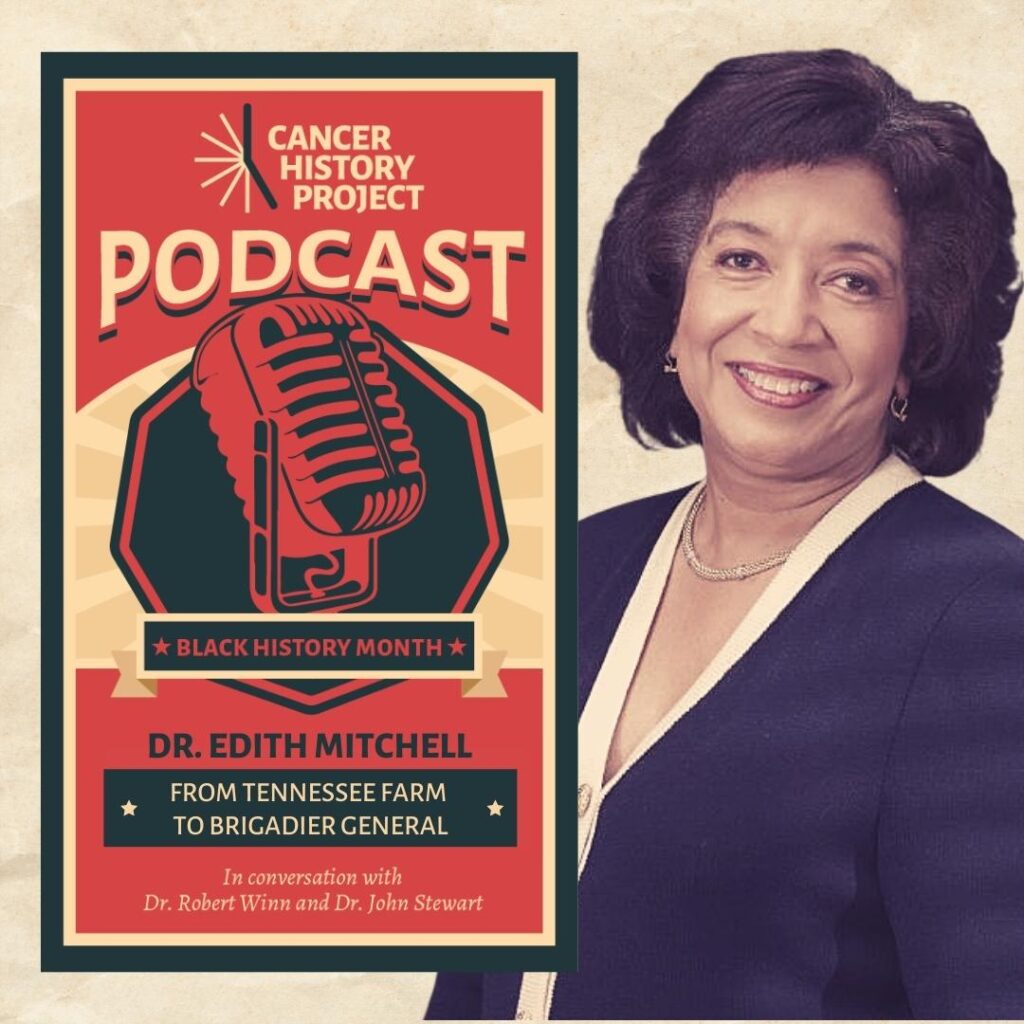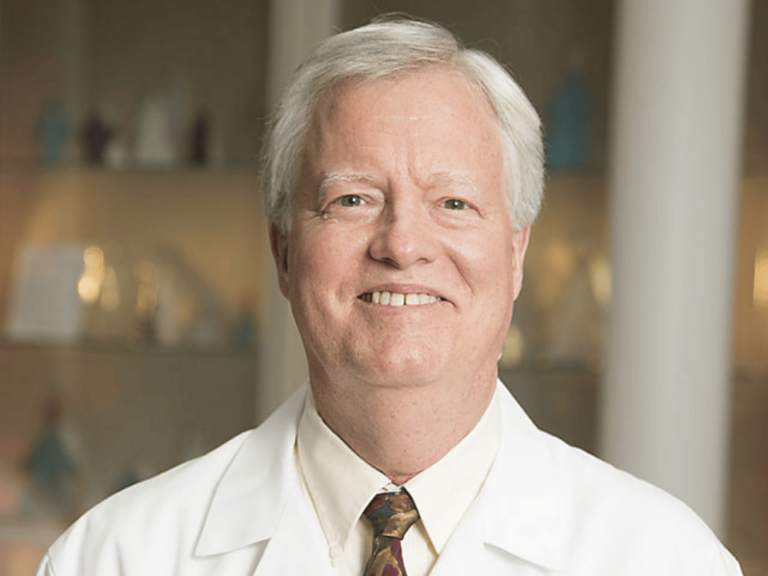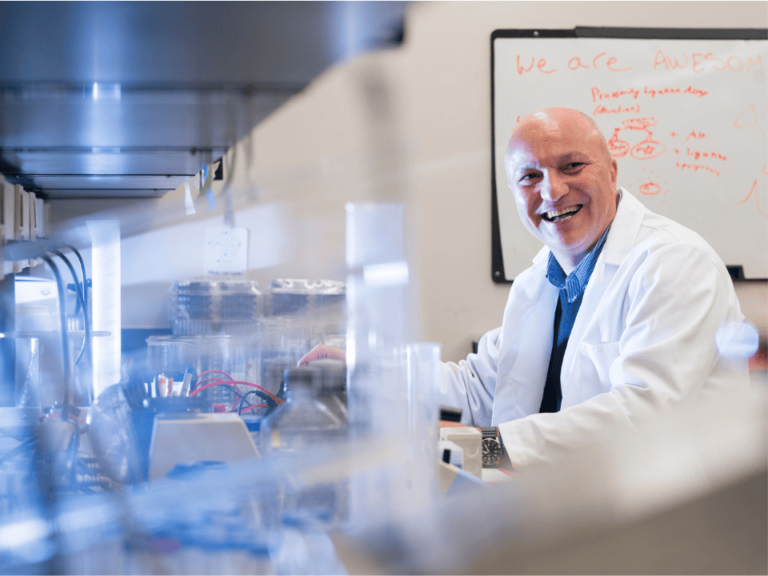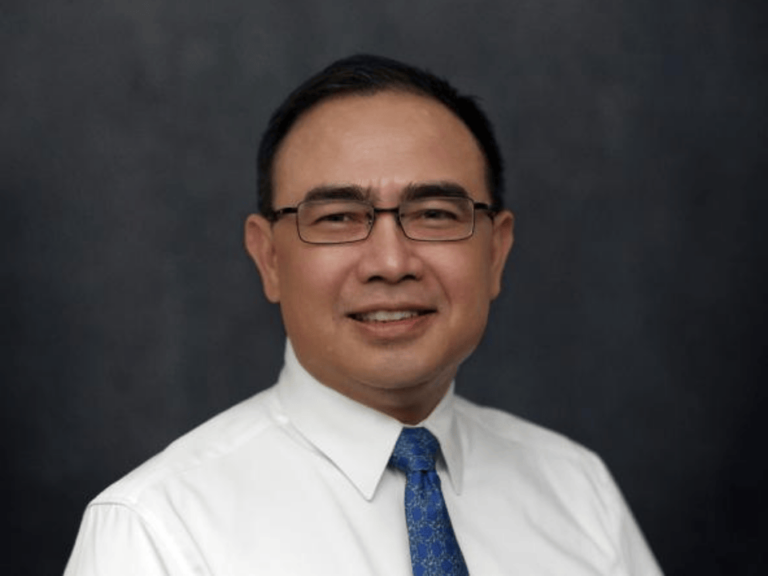Join the Cancer History Project for a discussion of the evolution of the health equity movement: A Black History Month panel Feb. 23 at 7 p.m.
The panel will include:
- Robert A. Winn, MD
Guest editor, Cancer History Project;
Director and Lipman Chair in Oncology, VCU Massey Cancer Center;
Senior associate dean for cancer innovation and professor of pulmonary disease and critical care medicine, VCU School of Medicine - Otis W. Brawley, MD
Co-editor, Cancer History Project;
Bloomberg Distinguished Professor of Oncology and Epidemiology, Johns Hopkins University - Edith P. Mitchell, MD
Member, President’s Cancer Panel;
Clinical professor of medicine and medical oncology,
Department of Medical Oncology;
Director, Center to Eliminate Cancer Disparities;
Associate director, diversity affairs;
Sidney Kimmel Cancer Center at Jefferson, Thomas Jefferson University - John H. Stewart, MD, MBA
Professor of surgery, Section of Surgical Oncology;
Founding director, LSU Health/LCMC Health Cancer Center
Register here.
Listen to the Cancer History Project podcast, featuring Edith Mitchell
This week, Cancer History Project guest editor for Black History Month Robert Winn interviewed Edith P. Mitchell, member of the President’s Cancer Panel, clinical professor of medicine and medical oncology, director of the Center to Eliminate Cancer Disparities, and associate director of diversity affairs at Sidney Kimmel Cancer Center at Jefferson, Thomas Jefferson University.
Mitchell recalled how she went from living in rural Tennessee to achieving success as a cancer doctor and a Brigadier general.
“It was making a plan, having a plan, and all of us had similar type plans that we needed to leave the farm—yes I grew up on a farm—and get out of town,” Mitchell said to The Cancer Letter. “Look back, the students—the college students, the medical students, look back and pull somebody behind you, pull them up.”
A full transcript and video of the interview appears here, and you can subscribe to the podcast here.
Quote of the week
I wake up every morning thinking about what I can do in cancer research, cancer healthcare delivery, and what I can do for my patients.
Edith Mitchell
From the podcast


- Remembering Jane Cooke Wright, a Black woman, who was among seven founders of ASCO
By Edith Mitchell | February 19, 2021
It is a great privilege and honor to have the opportunity to represent the National Medical Association in this tribute to Dr. Jane Cooke Wright. I first met Dr. Wright during as ASCO meeting and maintained subsequent contact.
She is affectionately known in the cancer research community as the Mother of Chemotherapy. She is not only known as the Mother of Chemotherapy, but Dr. Wright is listed in the Women Pioneers of Medical Research and among the top Medical Researchers.
As a researcher, physician, administrator, teacher, mentor, educator, her many discoveries have brought continued health into the lives of millions of people. Across the board, doctors and research scientists dedicated themselves to find cures and treatment for some of the most severe and significant diseases that have challenged mankind for many ages.
One such woman has left one such indelible mark in the world of medicine and medical disparities, not only in the fight against cancer, but, against other diseases. You have already heard and most are aware of the research accomplishments of Dr. Jane Cooke Wright, including that she is credited with developing the technique of using human tissue culture rather than laboratory mice to test the effects of potential drugs on cancer cells.
She also pioneered the use of the drug methotrexate to treat breast cancer and skin cancer. However, Dr. Wright and many of her family members were also active in the National Medical Association. It is well recognized that the National Medical Association was formed in 1895, when physicians of color could not join nor become members of the American Medical Association.
Recent contributions
- KU Clinical Research Center celebrates decade of investigational science
By The University of Kansas Cancer Center | Feb. 16, 2022
Ten years ago, on Jan. 23, 2012, the brand-new University of Kansas Clinical Research Center opened its doors. The facility at 4350 Shawnee Mission Parkway in Fairway, Kansas, looked like a building in a suburban office park, not a place where science could change lives.
But looks can be deceiving. Just a week later, on Jan. 30, 2012, a group of VIPs strolled through the laboratories dedicated exclusively to clinical-trial testing. They were invited into the spacious rooms designed for clinical-trial participants to meet with researchers. In touring the 82,400-square-foot facility, the group saw where the University of Kansas Medical Center was going to tackle solutions to some of the world’s toughest health concerns.
- How Utah’s Unique Resources Spearheaded Cancer Genetic Discoveries at Huntsman Cancer Institute
By Huntsman Cancer Institute | Feb. 17, 2022
Utah is a veritable wellspring of genetic discoveries. Researchers at the University of Utah (U of U) can claim the discovery of 50 genes involved in inherited disease risk.
The foundation of that wellspring was a singular resource: an abundance of detailed family trees. But it took the foresight of several Utah researchers to understand the potential of this data and determine how to harness its power for genetic discovery.
This focus on a genetic approach to understanding disease came to the attention of Jon M. and Karen Huntsman. Jon Huntsman lost his mother to cancer. After his own experience with the disease, he and Karen became committed to the cancer cause. When they learned of the genetics work occurring at the U of U—in their own backyard—they felt their financial support would have the greatest impact there. In 1995, the Huntsman family made a major gift that enabled the establishment of a state-of-the-art research, education, and cancer care facility on the U of U campus, becoming critical investors in the cancer genetics work that has had a significant impact across the world. Today Huntsman Cancer Institute has grown into more than one million square feet of research and clinical space.
This column features the latest posts to the Cancer History Project by our growing list of contributors.
The Cancer History Project is a free, web-based, collaborative resource intended to mark the 50th anniversary of the National Cancer Act and designed to continue in perpetuity. The objective is to assemble a robust collection of historical documents and make them freely available.
Access to the Cancer History Project is open to the public at CancerHistoryProject.com. You can also follow us on Twitter at @CancerHistProj, or follow our podcast.
Is your institution a contributor to the Cancer History Project? Eligible institutions include cancer centers, advocacy groups, professional societies, pharmaceutical companies, and key organizations in oncology.
To apply to become a contributor, please contact admin@cancerhistoryproject.com.













